
You are using an outdated browser. Please upgrade your browser to improve your experience and security.
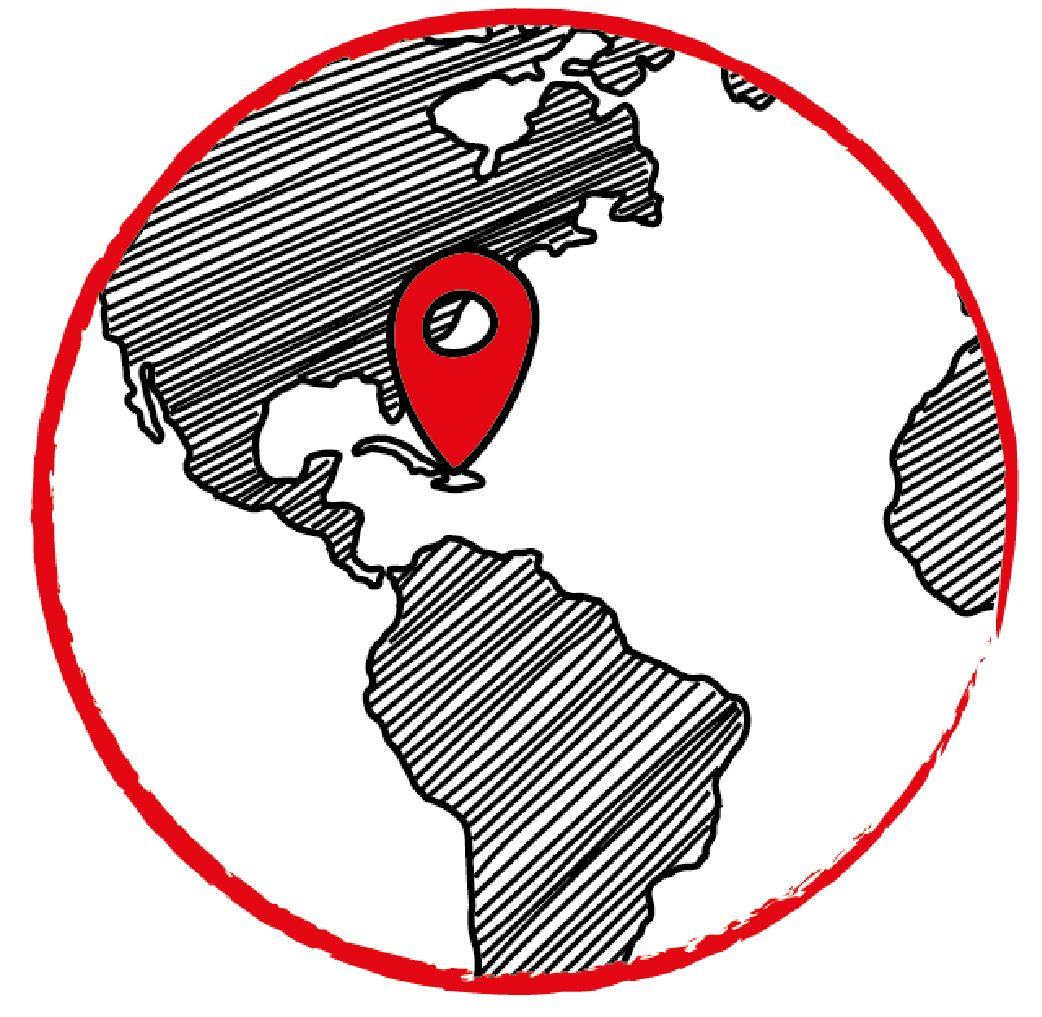
San Francisco de Marcoris
19°19’12.1”N
70°16’24.9”W
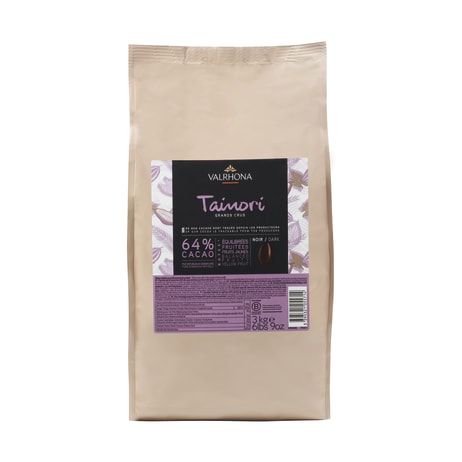
Taïnori reveals flavors of yellow fruit followed by notes of roasted almonds and freshly baked bread.
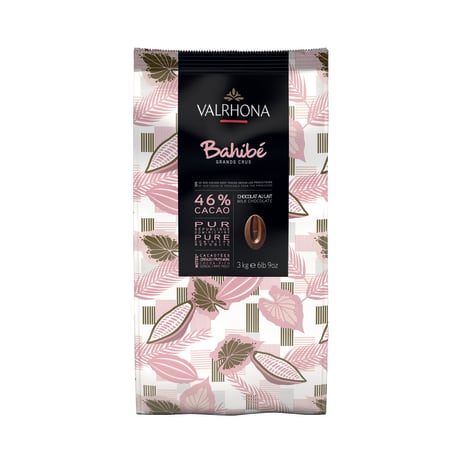
This rich milk chocolate's high cocoa content perfectly balances the smoothness of the milk before revealing a fruity tanginess and slight bitterness.
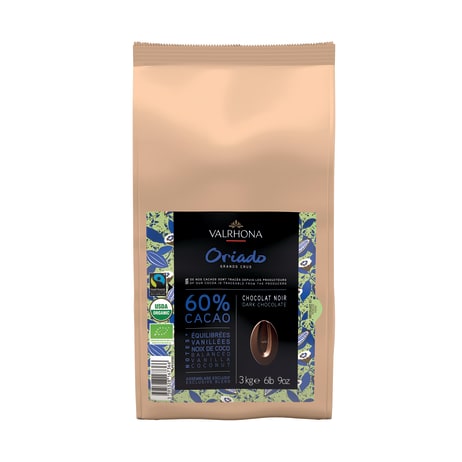
ORIADO 60% is a unique Valrhona Blended Origin Grand Cru chocolate made of cocoa beans from Peru and the Dominican Republic. Fairtrade and Organic dark chocolate couverture.
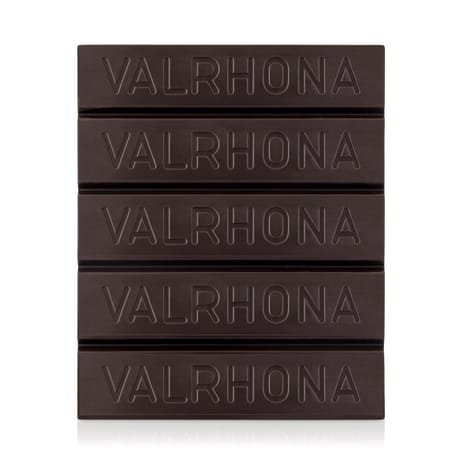
The Valrhona dark chocolate Pure Pastes are ideal for your mousses, crémeux and ganaches, ice creams and sorbets
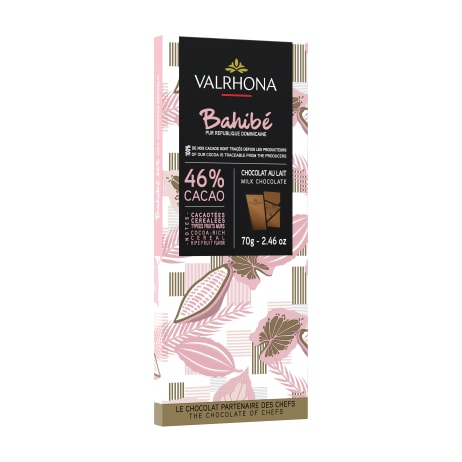
Milky & Cocoa-Rich: Thanks to its high cocoa content, Bahibé adds intense cocoa notes to its gentle milky flavor, with nutty hues, fruity acidity and a slightly bitter edge

Oriado’s creamy, vanilla mellowness lulls you into a siesta on warm sands, as the sun intoxicatingly caresses your skin

Enveloping, Balanced, Vanilla with a hint of coconut. Fairtrade and Organic dark chocolate.
You are using an outdated browser. Please upgrade your browser to improve your experience and security.